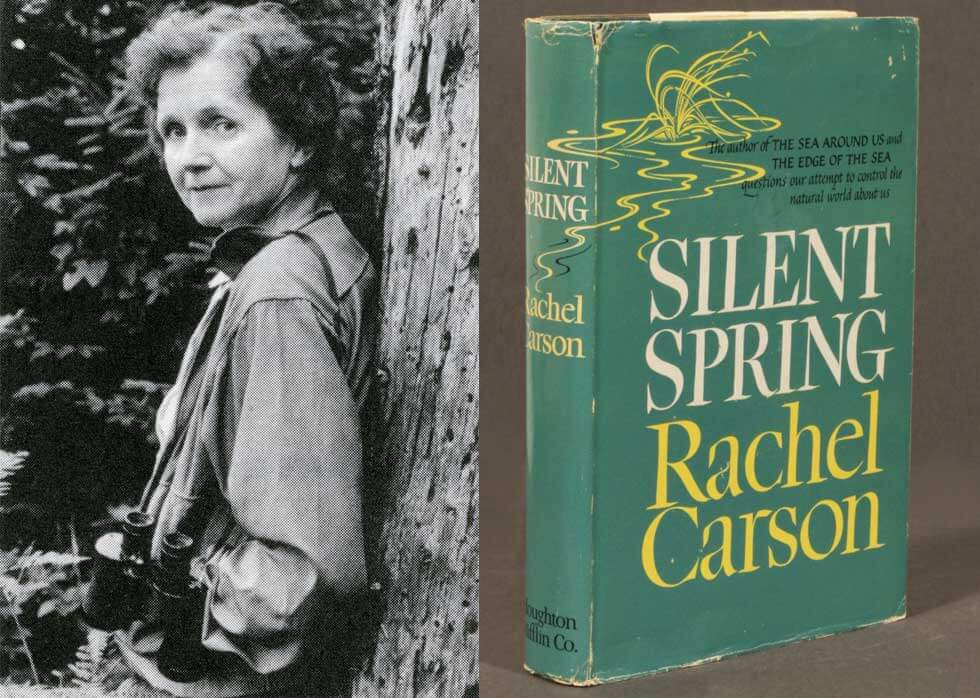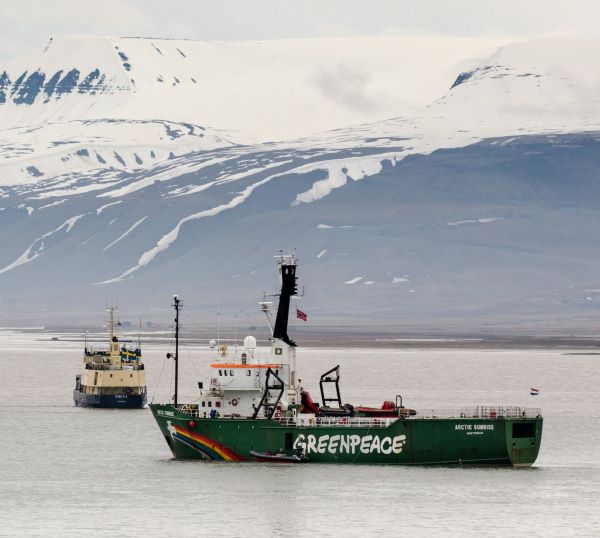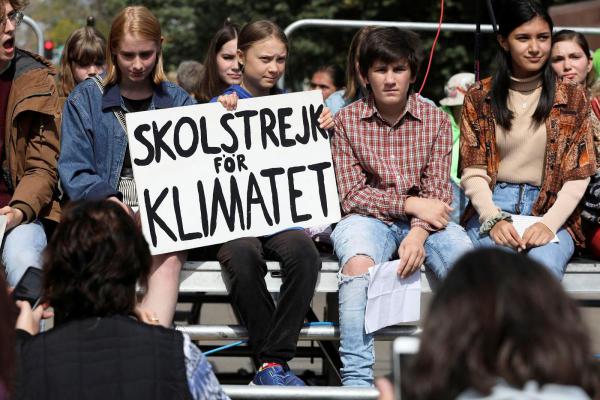This is how climate science went mainstream
Climate science has become mainstream... but it wasn't always this way. In the 1960s, worrying about our impact on the Earth was perceived as a niche pursuit. So how did we get to where we are today?
Environmentalism has become mainstream. Recycling is now a $200 billion global industry. Sustainability has become a significant focus for global corporations. And governments have been introducing major programmes to cut carbon emissions.
It wasn’t always this way. In the 1960s, worrying about our impact on the Earth was perceived as a niche pursuit. So how did we get to where we are today? Here’s a timeline of some key developments.
1962 – Silent Spring
The book that is widely seen as having launched the modern environmental movement was written by an American ecologist, Rachel Carson. Silent Spring took aim at the use of pesticides and the damage they were causing to biodiversity. Carson called for environmental stewardship and a more considered approach to human intervention in the natural world.

1971 – Greenpeace
Inspired by Rachel Carson, a group of activists from Vancouver, Canada set sail for Amchitka – an island off the coast of Alaska that was home to bald eagles, peregrine falcons, and 3,000 endangered sea otters – in an old fishing boat called The Greenpeace to try to stop an American nuclear weapons test. The activists feared the underground explosion would trigger earthquakes and tsunamis.
The ship was forced to turn back, but the mission captured the public imagination. Greenpeace is now an international organization with offices in 40 countries and its own research laboratories. It is still involved in direct action, but also lobbies governments for policy changes and conducts investigations into “environmental crimes”.

1989 – Margaret Thatcher
Known as “The Iron Lady” for the certainty she had about her political views, the former UK Prime Minister also raised awareness about climate change in a series of domestic and international speeches.
In November 1989, she told the UN General Assembly: "The environmental challenge that confronts the whole world demands an equivalent response from the whole world. Every country will be affected and no one can opt out.”
Since Thatcher’s heyday, a significant number of people around the world have come to believe that human activity is responsible for climate change – including 71% in India and 69% in Spain.
1992 - Adoption of the 'Rio Conventions'
The Rio Earth Summit in 1992 saw three conventions adopted, including the United Nations Framework Convention on Climate Change (UNFCCC), the first global treaty on the climate.
The UNFCCC entered into force in 1994, with 197 countries having ratified it to date. It not only recognised the problem, but also sought to stablise emissions, direct financial support to where it was needed and keep tabs on the extent of the issue - all without impacting economic progress.
The two other conventions adopted in Rio were the UN Convention on Biological Diversity and the Convention to Combat Diversification.
1997 – The Kyoto Protocol
Five years after Rio, the international community went one step further with the Kyoto Protocol, which set out binding emissions targets for developed countries. It committed 37 industrialized nations and the European Community to cut their emissions of six greenhouse gases by an average of 5% by 2012, compared with 1990 levels.
The agreement came into effect in 2005. By 2015, the countries that had taken on targets under the treaty had reduced their emissions by roughly 20%.
2015 – The Paris Agreement
The Conference of the Parties (COP) is the decision-making body of the UNFCCC. It has held a climate change conference in a different location each year since it was established in 1995.
At COP21 in Paris in 2015, parties to the UNFCCC agreed to accelerate their climate action, with the aim of keeping the global temperature rise in the 21st century well below 2°C above pre-industrial levels, and ideally limiting any increase to 1.5°C.
The Paris Agreement has now been ratified by 187 signatories. The United States was one of the first nations to sign, but the country has since announced it will withdraw from the agreement.

2018, 2019 – Greta Thunberg
In the summer of 2018, Swedish schoolgirl Greta Thunberg first began “climate striking” – sitting outside her country’s parliament every school day for three weeks to protest about the lack of policy action on climate change.
She was recently nominated for the Nobel Peace Prize.
In the last week of September 2019, 6 million people around the world joined protests calling for climate action.
You might also be interested in
What Drives Investment Policy-makers in Developing Countries to Use Tax Incentives?
The article explores the reasons behind the use of tax incentives in developing countries to attract investment, examining the pressures, challenges, and alternative strategies that exist.
What Is the NAP Assessment at COP 29, and Why Does It Matter?
At the 29th UN Climate Change Conference (COP 29) in Baku, countries will assess their progress in formulating and implementing their National Adaptation Plans. IISD’s adaptation experts Orville Grey and Jeffrey Qi explain what that means, and what’s at stake.
How to Track Adaptation Progress: Key questions for the UAE-Belém work programme at COP 29
UAE-Belem work program at COP 29: Emilie Beauchamp explains the complexity behind these talks and unpacks seven key questions that negotiating countries should address along the way.
COP 29 Must Deliver on Last Year’s Historic Energy Transition Pact
At COP 29 in Baku, countries must build on what was achieved at COP 28 and clarify what tripling renewables and transitioning away from fossil fuels means in practice.
